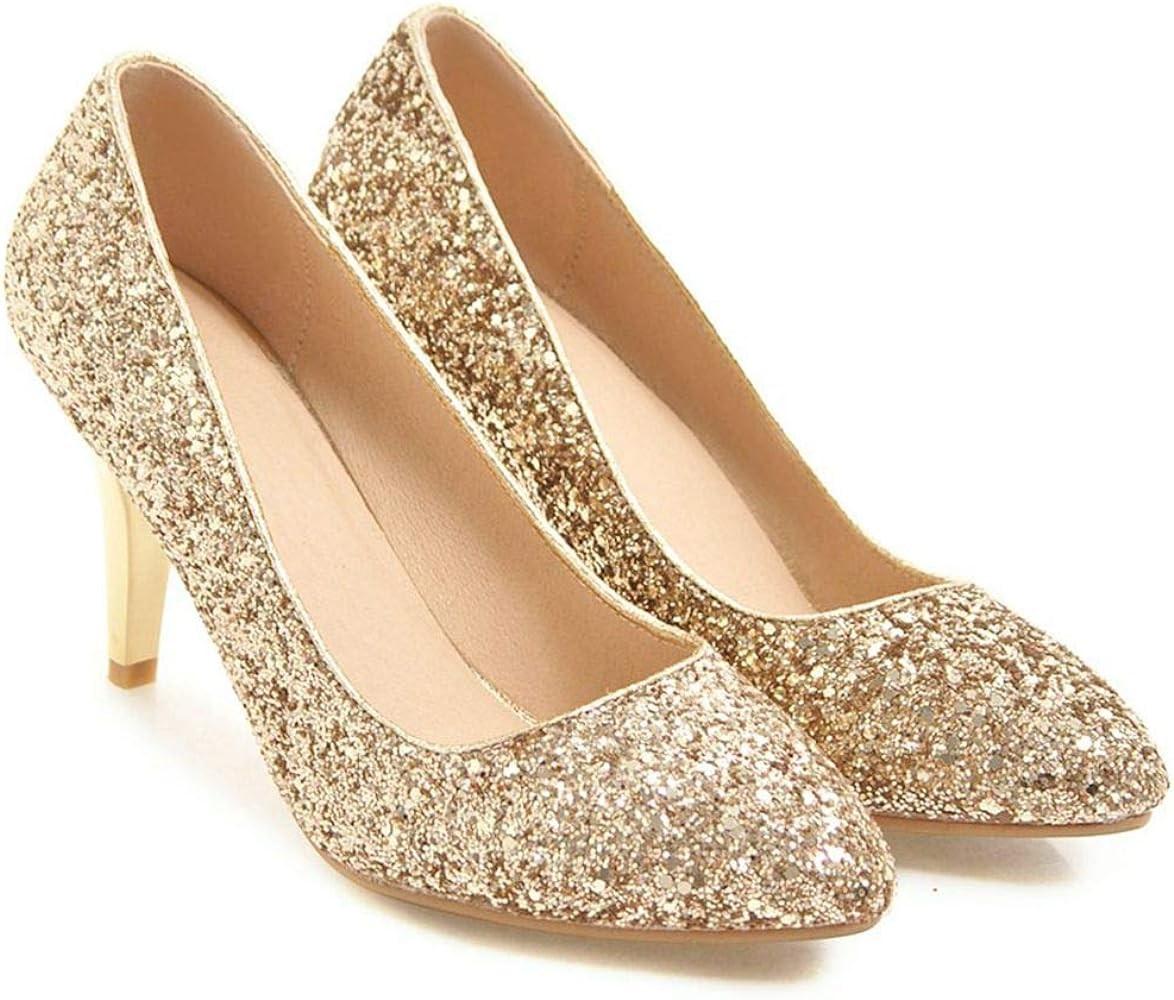The world of fashion and entertainment has always placed a unique emphasis on women’s shoes, from Carrie Bradshaw’s Manolo Blahniks to Cinderella’s glass slipper. Shoes have a function far beyond their practicality; they are a statement of class, style, and individuality. They satisfy a range of demands and tastes by coming in a variety of forms, styles, and patterns.
The Development of Women’s Shoes
Women’s footwear history tells an intriguing story that reflects shifts in society and advances in technology. Shoes were made for protection by ancient cultures, and throughout the Renaissance, they became symbols of status. Mass production brought about by the Industrial Revolution made footwear affordable for all social groups.
When we go back to the 20th century, shoes became to be more than just a need. Famous designs such as the stiletto, invented by Roger Vivier in the 1950s, transformed the fashion industry by fusing femininity with elegance. The platform shoe was first popularized by the rebellious 1960s, and the 1980s saw a vivid color and shape trend that represented strength and independence.
The Range of Styles
1. Flats: These adaptable footwear options include sandals, loafers, and ballerina flats; they provide comfort without sacrificing style. They’re ideal for dressing up an ensemble or for a laid-back day out.
2. Heels: Heels enhance both height and style. They can range from kitten heels to extremely high stilettos. They are graceful and self-assured, enhancing both formal and casual ensembles with flare.
3. Boots: Available in ankle and knee-high styles, they provide warmth, protection, and a daring design statement all year round.
4. Sneakers: Originally only worn for athletics, sneakers are now a basic piece of clothing. They fit a variety of hobbies and styles by combining trendiness and comfort.
5. Wedges: These shoes offer comfort and adaptability, making them ideal for both elegant and casual events. They combine the height of heels with the stability of flats.
Selecting the Appropriate Duo
Achieving the ideal pair requires balancing comfort, style, and usefulness. Think about things like:
- Comfort: To prevent discomfort and potential foot problems, give priority to shoes that fit properly and offer enough support.
- Occasion: Shoes should be chosen according to the occasion. Shoes or flats might be more appropriate for a casual outing, even though heels might be perfect for a formal occasion.
- Material and Quality: High-quality materials give the shoe an exquisite touch while also ensuring comfort and longevity.
Using Shoes to Express Oneself
Women’s shoes are more than just accessories—they frequently convey a person’s character, attitude, and uniqueness. A woman may go for boots to project strength and independence, heels to add a hint of glitz, or sneakers to give off a sporty impression. Personal expression is enhanced further by embellishments, colors, and textures.
The Movement for Sustainable Shoes
The shoe industry is moving in tandem with the global trend towards sustainability. Innovative designs, ethical production methods, and eco-friendly materials are becoming more and more popular, appealing to customers who care about the environment. Recyclable materials, lowering carbon footprints, and producing classic, long-lasting designs are the brands’ main priorities.
In summary
Women’s shoes represent history, art, and individual expression; they are more than just accessories. They go across the domains of comfort, style, and uniqueness, changing as society and technology do. Every shoe, whether they are comfortable sneakers or classic heels, has a narrative to tell that goes hand in hand with the woman who wears it.


